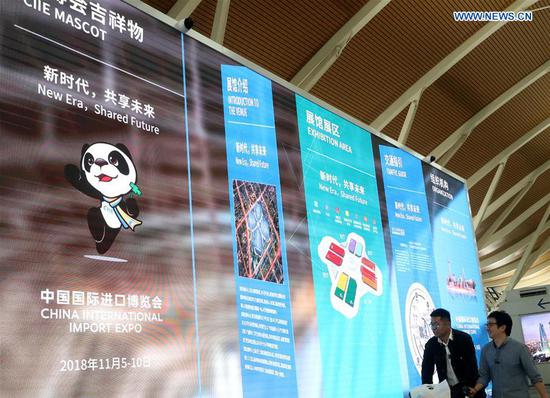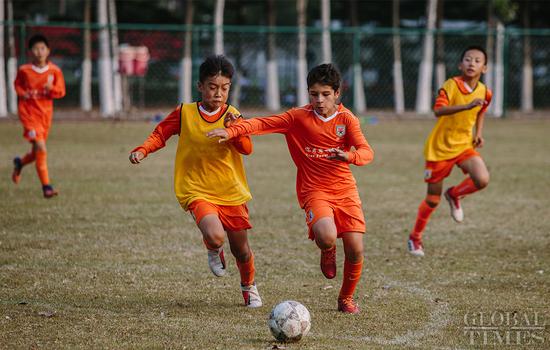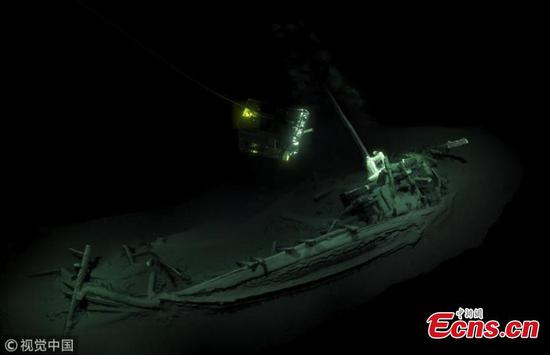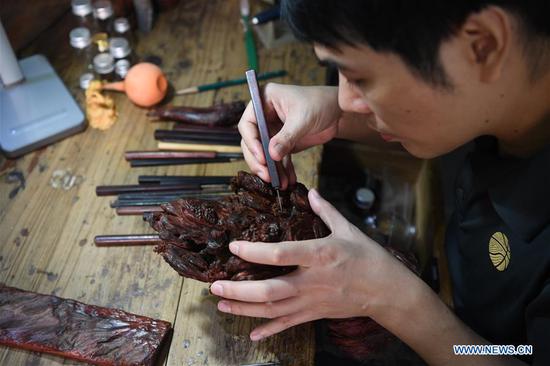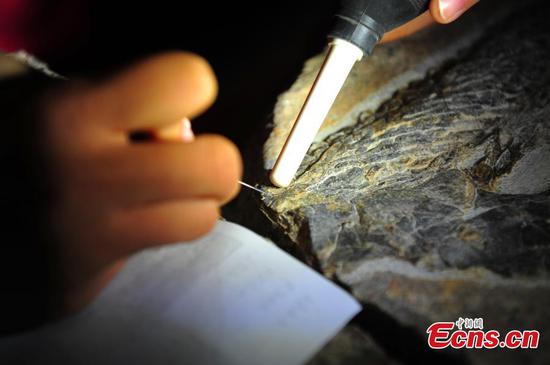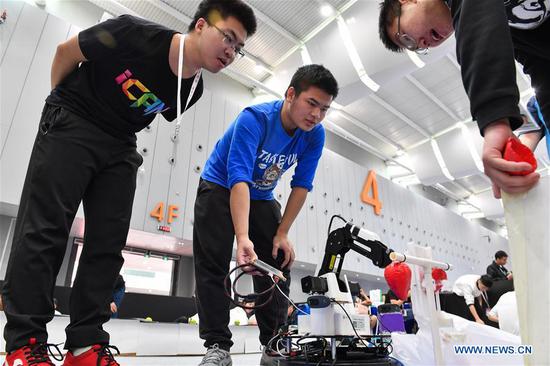American and Chinese scientists found a neural mechanism by which humans and other animals track details to facilitate learning.
The study published on Thursday in the Journal Science showed that neurons in the periventricular nucleus of the thalamus (PVT) would be robustly activated by a variety of salient stimuli.
Those stimuli include novel stimuli, reinforcing stimuli and their predicting cues, according to the study.
"It showed thalamic cells play a very important role in keeping track of the behavioral significance of stimuli," said the paper's senior author Chen Xiaoke, an assistant professor of biology at Stanford University.
Learning comes down to feedback. However, it remains unclear how animals figure out what to learn from: what's feedback and what's noise.
The researchers taught mice to associate particular odors with good and bad outcomes. One odor signaled a sip of water was coming, while another signaled the mouse was about to get a disagreeable puff of air to the face.
Later, they replaced the air puff with a mild electric shock, which was even more disgusting than puff of air.
Chen and his collaborators, including Zhu Yingjie from the Shenzhen Institutes of Advanced Technology (SIAT) of the Chinese Academy of Sciences, found that neurons in the PVT tracked that change.
During the air-puff phase, two-thirds of PVT neurons responded to both odors while an additional 30 percent were activated only by the odor signaling water.
In other words, during this phase the PVT responded to both good and bad outcomes, but there was greater response to the good.
During the electric-shock phase, however, the balance shifted. Almost all PVT neurons responded to the shock, while about three quarters of them responded to both good and bad outcomes.
A similar shift happened when mice had their fill of water. Because water mattered less to the mice, the PVT was less responsive to water and more responsive to air puffs or bad outcomes.
Mice could be genetically modified so that the researchers could control PVT activity. The results point to new ways of modulating learning by stimulating or suppressing PVT activity.











